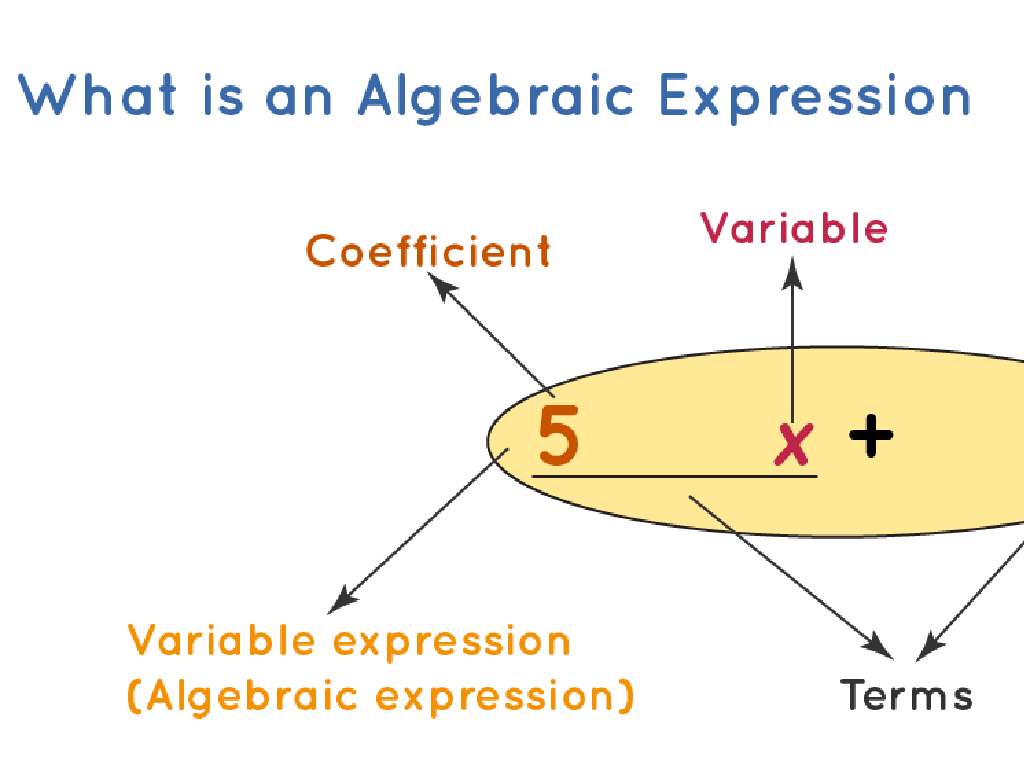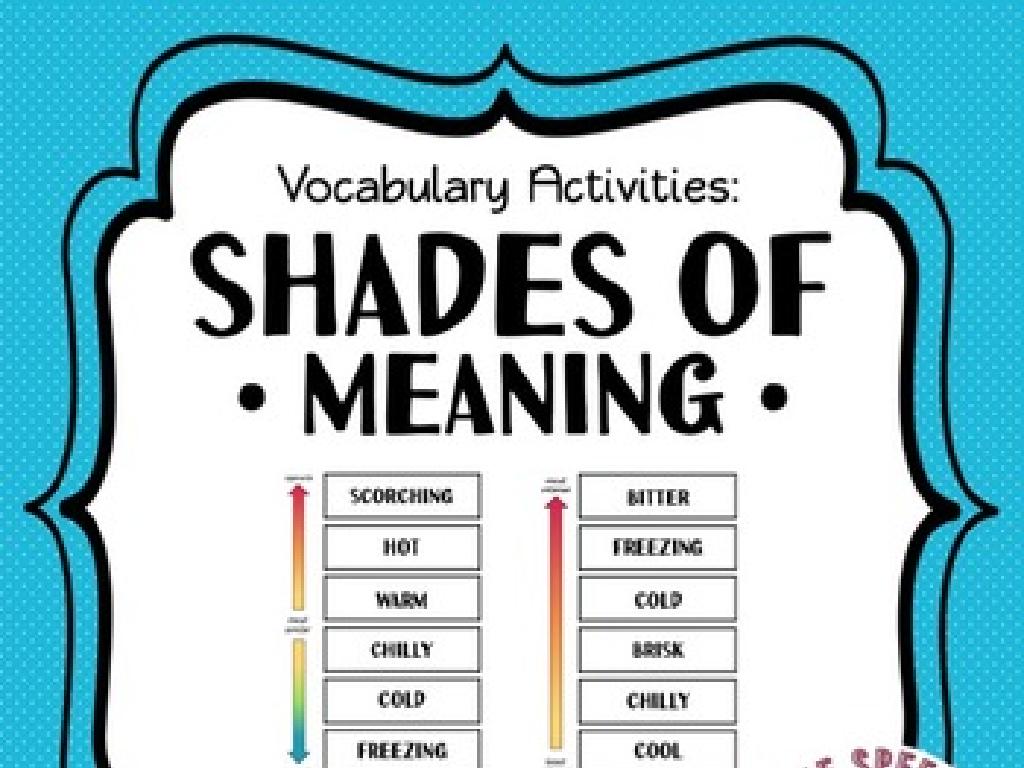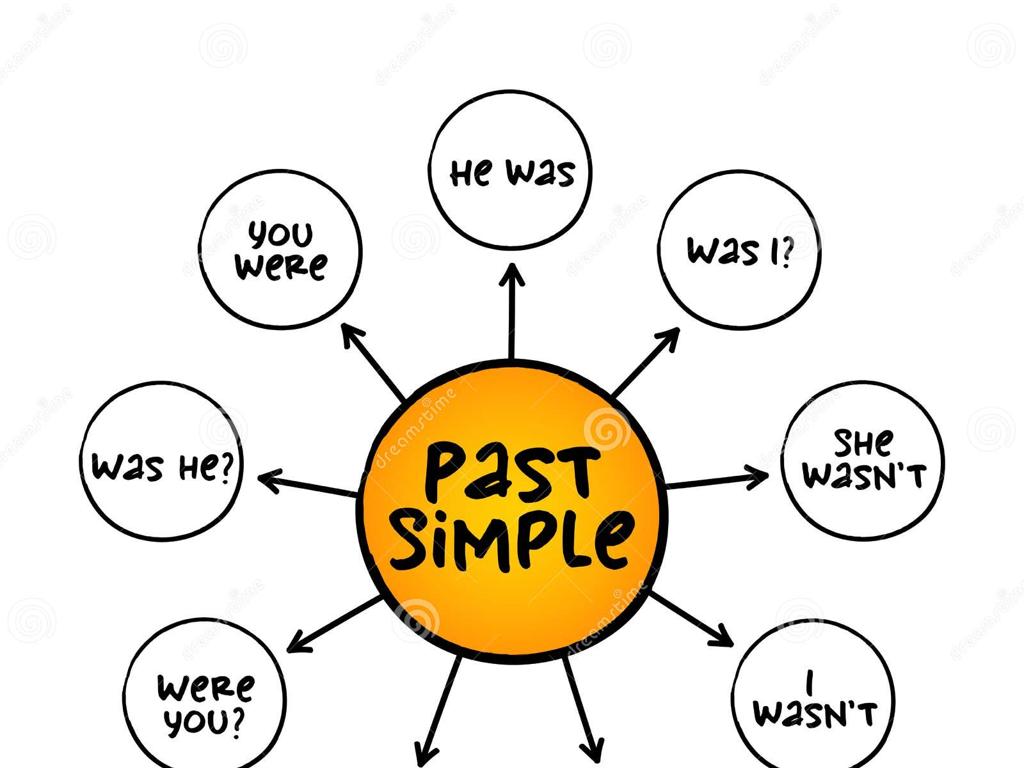Equivalent Fractions
Subject: Math
Grade: Fifth grade
Topic: Fractions And Mixed Numbers
Please LOG IN to download the presentation. Access is available to registered users only.
View More Content
Understanding Equivalent Fractions
– What are fractions?
– Fractions represent parts of a whole.
– Exploring equivalent fractions
– Fractions with different numerators and denominators but the same value.
– How to create equivalent fractions
– Multiply or divide the numerator and denominator by the same number.
– Practice finding equivalents
|
Begin the lesson by explaining that fractions are a way to represent parts of a whole, ensuring students understand the terms numerator and denominator. Move on to equivalent fractions, which are different fractions that represent the same value. Demonstrate how to create equivalent fractions by multiplying or dividing the numerator and denominator by the same non-zero number. Provide examples like 1/2 is equivalent to 2/4 and 3/6. For practice, have students find equivalent fractions for given examples and explain their process. This will solidify their understanding and prepare them for more complex operations with fractions.
Understanding Fractions
– A fraction represents part of a whole
– It’s like a piece of a pie
– Numerator and denominator explained
– Top number (numerator) is the part you have, bottom number (denominator) is the total parts
– Example: 1/2 of a pizza
– If a pizza is cut into 2 equal slices, 1/2 means you have one of those slices
|
Begin the lesson by explaining that a fraction represents a part of a whole, using tangible examples like a pizza to illustrate the concept. Clarify the roles of the numerator and denominator, ensuring students understand that the numerator indicates how many parts are being considered, while the denominator shows the total number of equal parts in the whole. Use visual aids like a circle divided into equal parts to demonstrate the concept of 1/2, and encourage students to think of other examples of halves in their daily lives. This foundational understanding of fractions will be crucial as they move on to learn about equivalent fractions.
Understanding Equivalent Fractions
– What are equivalent fractions?
– Fractions that represent the same amount
– Example of equivalent fractions
– 1/2 equals 2/4 or 3/6
– Creating equivalent fractions
– Multiply or divide top and bottom by the same number
– Consistent value, different forms
|
This slide introduces the concept of equivalent fractions, which are different fractions that express the same value. Start by explaining that even though these fractions look different, they are just different ways of representing the same part of a whole. Use visual aids like pie charts or fraction bars to show that 1/2, 2/4, and 3/6 cover the same amount of space. Teach students how to create equivalent fractions by multiplying or dividing the numerator (top number) and the denominator (bottom number) by the same non-zero number. Emphasize that this process does not change the value of the fraction, just its appearance. Encourage students to practice with different numbers to gain confidence in identifying and making equivalent fractions.
Creating Equivalent Fractions
– Start with a fraction, e.g., 1/3
– Multiply top and bottom by the same number
– Multiplying by 2/2, 3/3, etc. doesn’t change value
– Example: 1/3 x 2/2 equals 2/6
– 2/2 is like multiplying by 1, which keeps the value the same
– Understand 2/6 is the same as 1/3
|
This slide introduces the concept of creating equivalent fractions, which is a fundamental skill in understanding fractions. Students will learn that by multiplying the numerator and denominator by the same number, they can create a new fraction that has the same value as the original. It’s crucial to emphasize that multiplying by a fraction like 2/2 or 3/3 is essentially multiplying by 1, and thus does not change the value of the fraction. Encourage students to practice with different fractions and multipliers to become comfortable with the concept of equivalence in fractions.
Visualizing Equivalent Fractions
– Compare fractions with visuals
– Use bars or circles to see similarities
– Different fractions, same space
– See how 1/2, 2/4, 3/6, and 4/8 occupy the same area
– Activity: Draw fractions equal to 1/2
– Use your fraction bars or circles to draw examples
|
This slide introduces students to the concept of equivalent fractions through visual aids. By using fraction bars or circles, students can compare different fractions and understand how they can represent the same value. The activity encourages students to draw various fractions that are equivalent to 1/2, reinforcing the concept that despite different numerators and denominators, fractions can be equal. Teachers should prepare fraction bars or circles for the class and guide students through the activity, ensuring they grasp the idea of equivalent fractions. Possible variations for the activity could include finding fractions equivalent to 1/3 or 3/4, allowing students to explore beyond the given example.
Simplifying Fractions
– Simplify fractions to simplest form
– Divide by greatest common factor (GCF)
– GCF of 4 and 8 is 4
– Example: Simplify 4/8
– Divide numerator & denominator by 4
– Resulting fraction: 1/2
– 4 divided by 4 is 1, and 8 divided by 4 is 2
|
When simplifying fractions, the goal is to make the fraction as simple as possible by finding an equivalent fraction where the numerator and denominator are as small as they can be. This is done by dividing both the numerator and the denominator by their greatest common factor (GCF). For example, to simplify 4/8, we find the GCF of 4 and 8, which is 4, and then divide both by 4. This gives us 1/2, which is the simplified form of 4/8. It’s important for students to understand that the value of the fraction doesn’t change, just its appearance. Encourage students to practice this skill with different fractions and to always look for the GCF to simplify to the simplest form.
Equivalent Fractions: Practice Problems
– Find equivalents for 3/4
– What fractions have the same value as 3/4?
– Simplify the fraction 6/9
– How can we reduce 6/9 to its simplest form?
– Compare 2/3 and 4/6 equivalence
– Are these two fractions equal in value?
– Explain your reasoning
|
This slide is aimed at providing students with practice problems to reinforce their understanding of equivalent fractions. For the first problem, guide students to multiply the numerator and denominator by the same number to find different fractions that are equivalent to 3/4. For simplifying 6/9, instruct them to find the greatest common divisor of 6 and 9 and divide both by that number. When comparing 2/3 and 4/6, encourage students to either simplify 4/6 or find a common denominator with 2/3 to determine if they are equivalent. The explanation should involve understanding that equivalent fractions represent the same portion of a whole, even if they look different. This exercise will help solidify the concept of equivalence in fractions.
Class Activity: Fraction Scavenger Hunt
– Find objects to divide into fractions
– Create equivalent fractions for objects
– If an object is divided into 4 parts, 2/4 is equivalent to 1/2
– Share findings with the class
– Discuss the concept of equivalence
– Understand that different fractions can represent the same value
|
This interactive activity is designed to help students understand equivalent fractions in a tangible way. Have students search the classroom for items that can be evenly divided, such as a set of books, a pack of markers, or a pizza if you bring one for demonstration. Once they find an item, they should determine fractions that represent parts of the item and then find equivalent fractions. For example, if a student finds a pack of 12 markers, they might note that taking 6 markers is 6/12 of the pack, which is equivalent to 1/2. After the hunt, students will present their objects and the equivalent fractions they found to the class. This will reinforce the concept that different fractions can express the same value and provide a foundation for understanding more complex fraction operations. Prepare a list of possible objects and equivalent fractions as a reference for the students to use during the activity.
Wrapping Up: Equivalent Fractions
– Recap: What are equivalent fractions?
– Fractions that are different but represent the same value
– Why are equivalent fractions important?
– They help us compare, add, and subtract fractions
– Review key concepts of today’s lesson
– Homework: Practice with a worksheet
– Find and create equivalent fractions using multiplication and division
|
As we conclude today’s lesson, it’s crucial to ensure that students have a solid understanding of equivalent fractions. Start by recapping the definition and showing examples on the board. Emphasize the importance of equivalent fractions in simplifying math problems and finding common denominators. Review the key concepts, such as multiplying and dividing numerators and denominators by the same number to find equivalents. Address any questions students may have to clarify their doubts. For homework, assign a worksheet that provides ample practice on finding and creating equivalent fractions, which will reinforce their learning and prepare them for more advanced operations with fractions.






